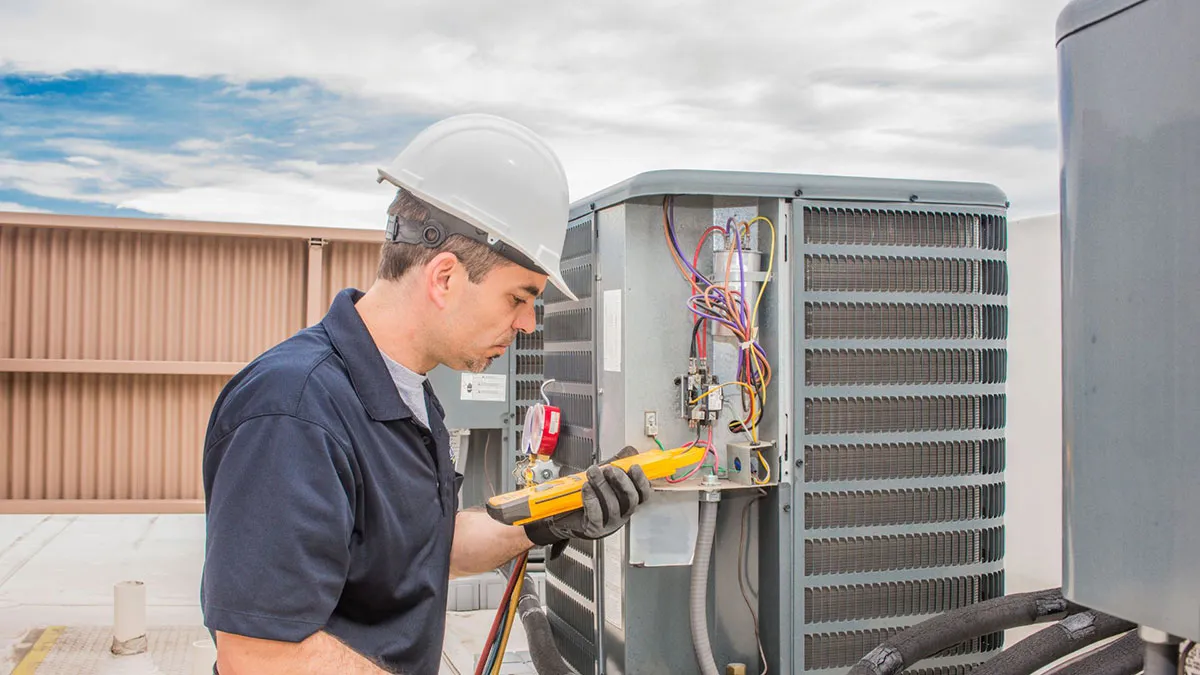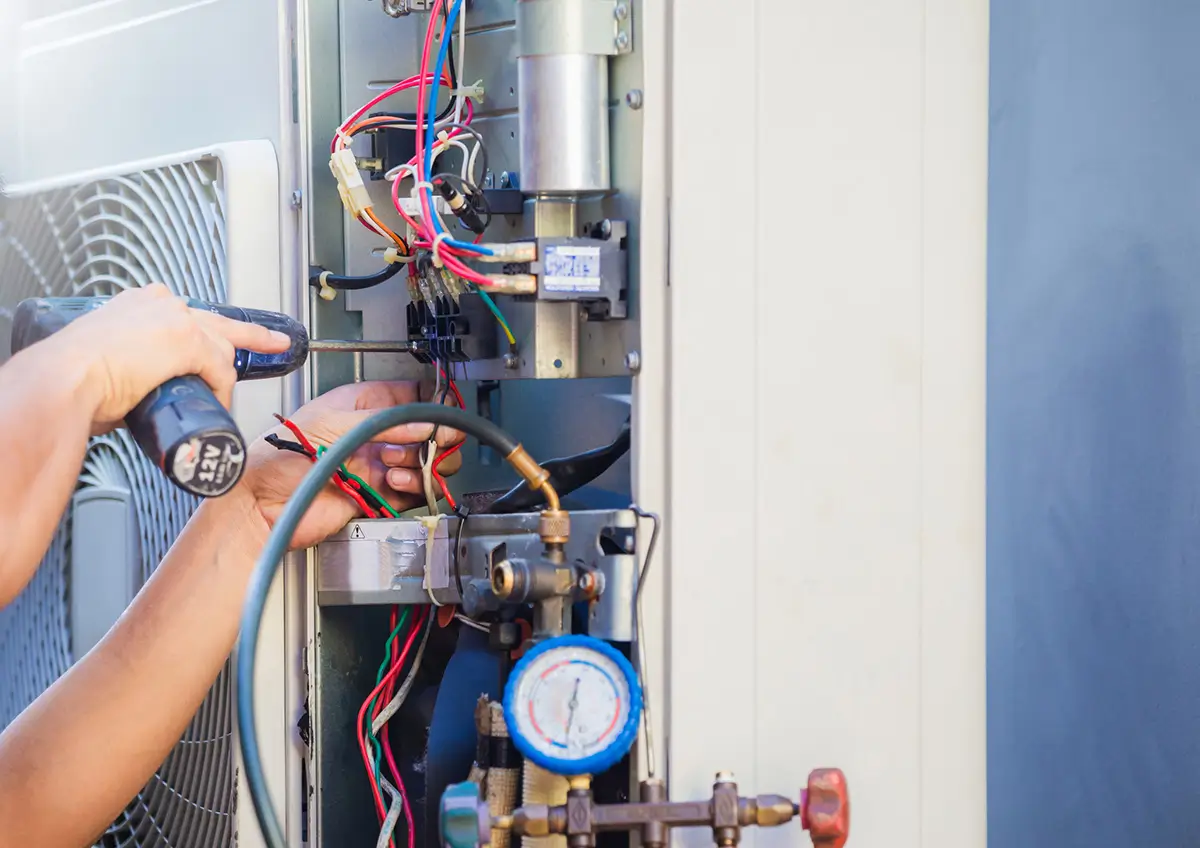There comes a time when pipes have to be replaced, there’s just no getting around it. In the past, a lot of digging and excavation had to be done with pipe repair or replacement.
Today, your expert Plumbers at Steve’s Plumbing & A/C Service use state-of-the-art technologies to replace the pipe without digging trenches all over your landscape.
This method is also great for leaking pipes under or within the foundation as the concrete does not have to be excavated first.
This awesome pipe replacement technique involves Cured In Place Piping. It is useful for sewer drain pipes or rainwater leaders that need to be replaced.
Instead of digging out and replacing the pipe, a new flexible pipe is inserted into the existing line, inflated, then cured in place.
- No Landscape Destruction
- No Breaking Up Lengths of Foundations
- No Tearing Out Walls
- Keeps Your Home In Tact
- Minimal Access Points Needed
- No Heavy Labor Charges
For more than 25 years, the CIPP method has been utilized safely and effectively to replace plumbing pipes. It is much less costly than the old methods for the homeowner as there are no extensive labor charges for digging ground or breaking through concrete.
Plus, there is limited need to restore the landscape back to its original condition. That means your beautiful lawn, walkways, or any other shrubbery won’t have to be destroyed just to replace the pipes.
Cured In Place Piping Methods
There are two basic methods to do Cured In Place Piping, depending on which is right for the job. The PIP method and the Inversion method will both fully solve your pipe replacement needs.
The inversion method is most commonly used for pipe replacement. The liner is inverted to an inside-out position during installation.
With water inversion, a column of pressurized water pushes the liner inside-out along the host pipe to where the liner coating becomes the new interior surface.
Air inversion results in the same with air used to push the liner instead of water.
PIP stands for, “Pulled In Place”. This gives you the right idea that the epoxy liner is placed into position by creating an access point where it can be fed into the host pipe and then pulled into place.
- PIP Method may not work if there can be only one access point.
- Only one access point is required with the Inversion Method.
- Inversion Method is faster, with over 200 ft installed in seconds.
- All cracks, holes, and thinning existing pipes will be sealed.
The Cured In Place Pipe Lining Process:
- Video Inspection to diagnose the precise problems.
- Root, calcite, scale cleaning to restore the original diameter of the pipe.
- Lining Installation.
- Any Tie-Ins or Branches are reinstated for proper flow.











